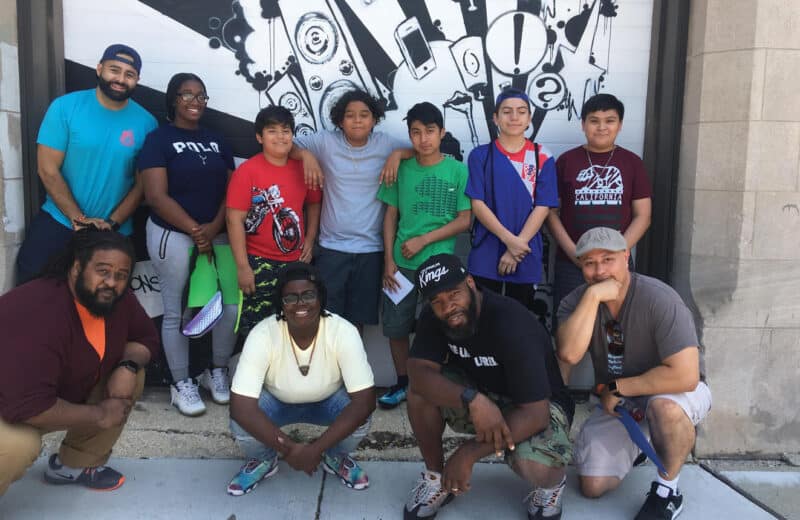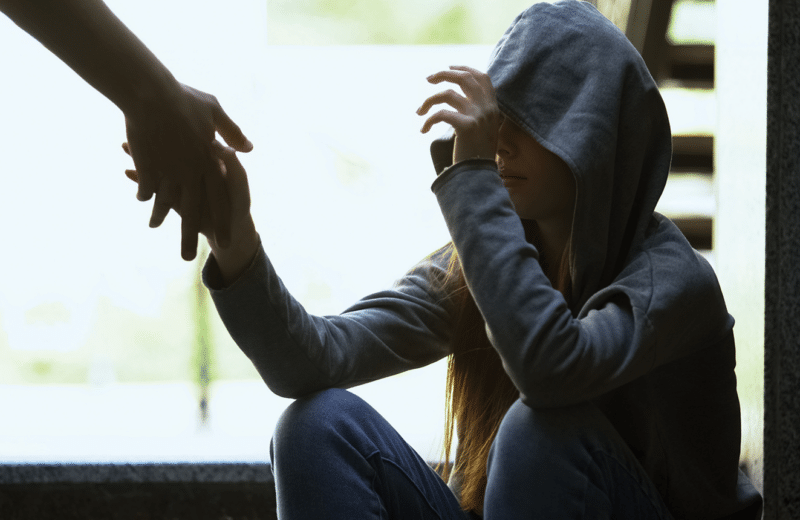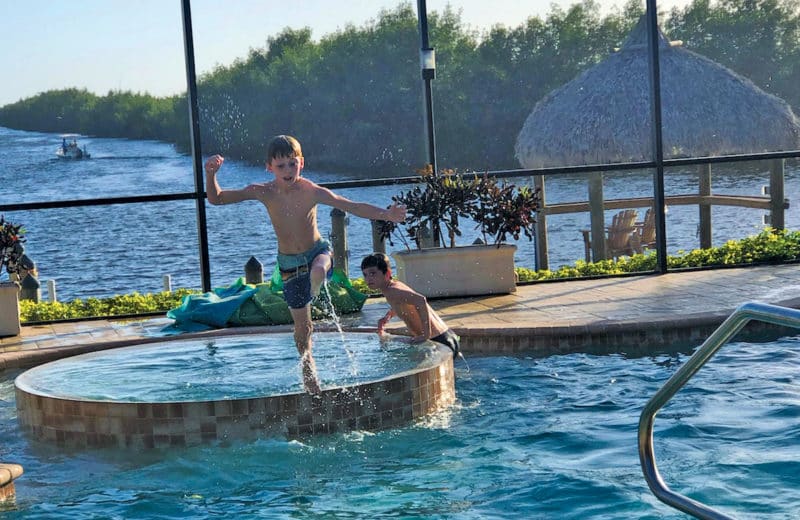Harvard Health Blog
There has been lots of attention on concussions in youth, especially from sports, over the past few years. It’s good that we are paying more attention to concussions. As the stories of prior National Football League players show us, a concussion can lead to lifelong problems.
The problem for doctors, parents, and coaches has been that while we want to do the right thing when a child gets a concussion, we haven’t known what that right thing is. So it’s great news that the Centers for Disease Control and Prevention (CDC) has reviewed all the research and made recommendations to help guide us as we care for children with concussions.
The recommendations reflect the fact that every child who has a concussion is different. Every injury is different, obviously, but it’s more than that. Some children are more likely to have trouble, such as those who have had prior concussions or have learning problems, mental health problems, or neurological problems. Interestingly, children whose families are stressed for reasons such as poverty can take a longer time to recover from concussions. And there is a bit of a wild card factor too: sometimes children unexpectedly take a long time to recover — or, conversely, recover very quickly.
Overview of new concussion care recommendations
–Most children with concussions don’t need CT or MRI scans. If there was a severe injury or the child is having severe or unusual symptoms, then it’s worth doing to be sure there isn’t internal bleeding, a fracture, or some other injury. Most of the time with concussions, there is nothing to see — and it’s not worth the risk or expense involved in these studies.
–Use the right tool to make the diagnosis. There are some symptoms we associate with concussion, like bad headache, dizziness, loss of memory of the accident. But because it isn’t always clear, it’s helpful to use a checklist or questionnaire that is “validated,” meaning that it’s been shown to accurately pick out those with a concussion from those who simply have a bad clunk to the head and not a concussion. The CDC lists some tools that are recommended.
–When a child has a concussion, assess for risk factors for a prolonged recovery. As I said above, some children take longer to get better — and while we can never predict for sure, it’s important to think about that at the time of the injury. This can help doctors…
–Provide education for parents and caregivers about concussions and what to expect. Most people with concussions get completely better within one to three months. It’s important that patients, families, and coaches know what all the symptoms are after a concussion — and know not only what’s normal, but also what is a sign of a problem. For example, trouble sleeping, dizziness, and moodiness can be normal, but if any of those symptoms are getting worse, it’s important to call the doctor.
–Help children return gradually to normal activities after a concussion. Rest — of not just the body but the mind too — is important for the first two to three days after a concussion, but after that it’s important to start getting back to normal. When people rest completely for longer than that, it actually takes them longer to get better!
Getting back to normal after a concussion
Gradual is the key word for returning to exercise and school — and this is where families, doctors, schools, and coaches need to work together. The basic idea is to start slow and see how the child does. If they do okay, they can do a bit more schoolwork or exercise. If they don’t do okay, meaning they have more symptoms, that’s where the education comes in — they should do less and go more slowly. The process of getting back to normal life can take a few days, or a few months. It has to be tailored to each child and each situation, which is why collaboration is so important. It’s also really important not to rush the process, especially when it comes to returning to a sport where concussions are common, such as football, hockey, or soccer. If a child gets another concussion while they are still recovering, it will take them much longer to get better and put them at risk of permanent disabilities.
Treating concussions is important, but preventing them is even more important. To learn more about what everyone can do to help prevent brain injury, visit the CDC’s Heads Up page.
(Claire McCarthy, M.D., is faculty editor at Harvard Health Publishing.)













